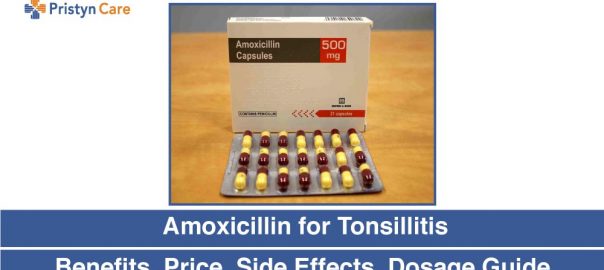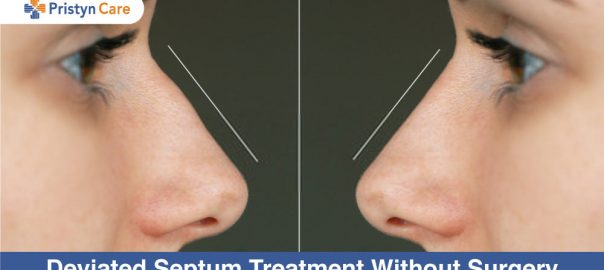![]() Views: 88
Views: 88
Septoplasty vs Rhinoplasty
Septoplasty straightens and repositions the septum to improve airflow and ameliorate symptoms such as chronic congestion and other respiratory issues.
Dedicated Support at Every Step!
Our Doctors are available 24 hours a day, 7 days a week to help you!
Call Us0806-541-7961Table of Contents
Septoplasty: Definition and Purpose
No Cost EMI, Hassle-free Insurance Approval
Common Reasons for Septoplasty
Typically, patients opt for Septoplasty surgery to combat challenges such as:
- Difficulty in breathing
- Chronic snoring
- Frequent episodes of night-waking
- Sleep apnea
- Regular stuffiness and congestion
- Persistent headaches
- Frequent nose bleeds
Procedure and Recovery
Being an outpatient procedure, Septoplasty is generally performed under general anaesthesia. The operation involves the straightening and repositioning of the septum to enhance breathing. Patients usually need about a week off from work or school for recovery. During this period, swelling and nasal splints are quite common. The overall recovery can span several weeks to months.
Rhinoplasty: Definition and Purpose
Rhinoplasty, often referred to as a 'nose job', is a surgical procedure aiming at the aesthetic enhancement of the nose. This operation addresses various cosmetic issues such as a bulbous tip, large nostrils, a hump on the bridge, or nasal asymmetry. The objective of Rhinoplasty is to improve the overall shape and symmetry of the nose, thereby boosting the patient's confidence and quality of life.
Common Reasons for Rhinoplasty
Patients opt for Rhinoplasty surgery to correct cosmetic issues such as:
- Nasal asymmetry
- Nasal hump or depression on the bridge
- Enlarged or drooping nasal tip
- Large or wide nostrils
M.B.B.S, M.S. (General Surgery), M.Ch. (Plastic Surgery), DrNB (Plastic Surgery)
FREEConsultation Fee
Procedure and Recovery
Depending on the specific needs of the patient, Rhinoplasty can be performed as either a closed or open procedure. The operation involves the reshaping of the nose to achieve desired aesthetic outcomes. Similar to Septoplasty, the recovery period for Rhinoplasty is significant, with patients typically needing about 5-7 days off from work. During the recovery period, which can last from several weeks to a few months, swelling and nasal splints are common.
Combined Procedures
In certain cases, both Septoplasty and Rhinoplasty might be necessary to address both functional and aesthetic concerns. This combined procedure, often referred to as septorhinoplasty, aims at achieving optimal results while minimising recovery time.
Benefits of Combining Procedures
The benefits of opting for a combined procedure include:
- Improved outcomes: Simultaneously addressing both functional and aesthetic goals leads to harmonious and effective results.
- Reduced recovery time: Combining procedures eliminates the need for multiple surgeries, repeated exposure to anaesthesia, and separate recovery periods.
- Affordability: Combining procedures can result in more affordable surgical experiences as patients only need to undergo anaesthesia and recovery once.
- Enhanced symmetry: Correcting a deviated septum during Rhinoplasty can improve the overall symmetry and balance of the nose.
Procedure Details
The combined procedure can be performed using various techniques like closed Rhinoplasty or open Rhinoplasty based on patient's specific needs and surgeon's preference. Cartilage grafts might be used during Septoplasty for additional support or improve nasal structure. This cartilage can also be used during Rhinoplasty for better aesthetic results. It's important to note that while insurance typically covers the functional aspects of surgery like Septoplasty, it does not cover cosmetic aspects like Rhinoplasty.
Recovery Time for Septoplasty vs Rhinoplasty
The recovery times for Septoplasty and Rhinoplasty are relatively similar. Both procedures typically require a recovery period of around 2-3 weeks before patients can return to their normal activities. Swelling, bruising, nasal splints, and stitches are common post-operative experiences for both procedures. However, Septoplasty tends to have a slightly shorter recovery period as it primarily focuses on correcting a deviated septum without significant changes to the external shape of the nose. On the other hand, Rhinoplasty involves more extensive changes to the nose which can prolong the recovery period with patients possibly needing 5-7 days off work and potentially experiencing more significant swelling and bruising.











